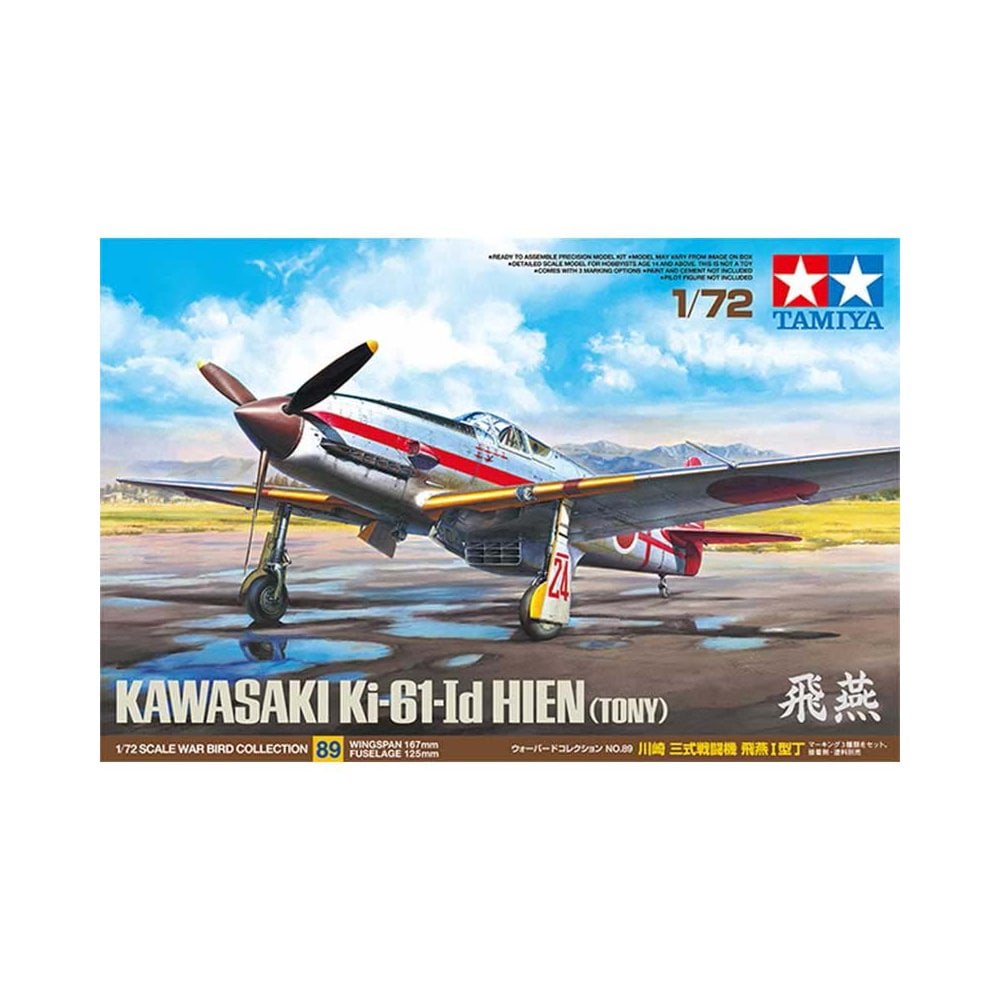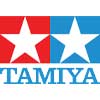This scale plastic model kit accurately depicts the Kawasaki Ki-61-Id Hien. The Hien was officially adopted by the Imperial Japanese Army in 1943, and stood out among its Japanese aircraft contemporaries in the Pacific War on account of its liquid-cooled Ha-40 engine, slimline fuselage and long, elegant wing.
A number of different variants were produced, among them the Ki-61-Id which featured a 20cm-elongated nose to house 20mm cannons, plus 12.7mm machine guns in the wing. In fact, with 1,360 units it was the most prolifically produced Hien variant; its superior performance at higher altitudes meant that it was often given the brief of taking on incoming U.S. B29 bombers in the skies around the home islands of Japan.
The Kawasaki Ki-61 Hien (flying swallow) is a Japanese World War II fighter aircraft used by the Imperial Japanese Army Air Service. The Japanese Army designation was “Army Type 3 Fighter” Allied pilots initially believed Ki-61s were Messerschmitt Bf 109s and later an Italian aircraft, which led to the Allied reporting name of “Tony”, assigned by the United States War Department.[3] It was the only mass-produced Japanese fighter of the war to use a liquid-cooled inline V engine. Over 3,000 Ki-61s were produced. Initial prototypes saw action over Yokohama during the Doolittle Raid on 18 April 1942, and continued to fly combat missions throughout the war


